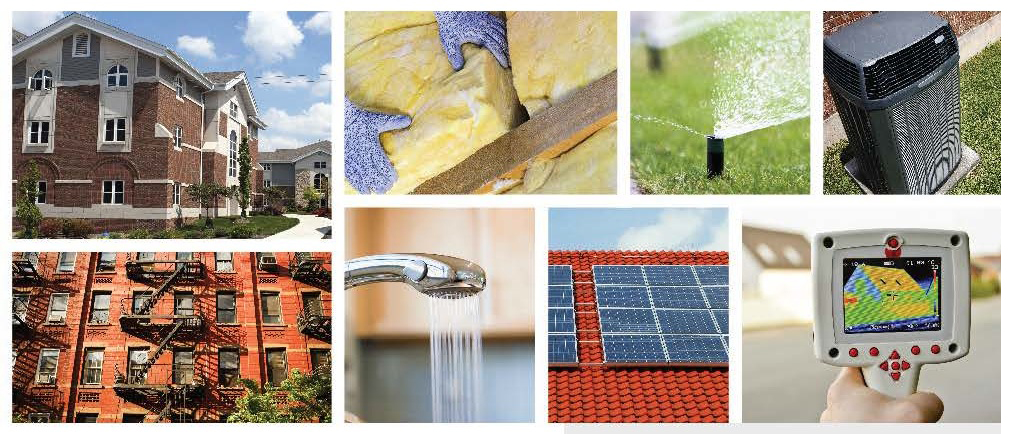Fannie Mae’s new report on energy usage in the multifamily sector found that affordable properties use 28% less energy per unit and are 29% smaller than market-rate properties. Market-rate units incur higher energy cost and use per square foot because there are more units per 1,000 square feet among affordable properties—1.29 affordable units, versus 0.91 market rate units per 1,000 sf.
The report, “Transforming Multifamily Housing: Fannie Mae’s Green Initiative and Energy Star for Multifamily,” provides comprehensive multifamily energy and water data. The first of its kind report serves as the basis for the EPA’s Energy Star Score for multifamily structures.
Costs differentials on energy use can be very steep for multifamily properties. The least efficient property could spend as much as $165,000 more in annual energy costs than a similar property operating at peak efficiently. When owners paid for all energy costs, median annual energy use was 26% higher than when tenants were responsible for paying energy costs.
In a related development, the EPA made its Energy Star score available for the multifamily sector on September 16. According to Fannie Mae, the score will enable owners and operators of multifamily properties with 20 or more units to quantify the energy performance of their properties.
(http://www.multihousingnews.com/news/fannie-mae-releases-major-study-on-multifamily-energy-use)
Related Stories
Codes and Standards | Aug 12, 2021
AGC pushes for more environmentally friendly construction
Contractor trade group supports government investment, tax incentives to reduce carbon footprints.
Codes and Standards | Aug 11, 2021
Decentralized approach to codes means emissions reduction responsibility falls on local officials
Efficiency advocates focusing more on local code amendments.
Codes and Standards | Aug 10, 2021
Dept. of Energy issues model energy code determinations for commercial, residential buildings
2021 IECC offers 9.4% site energy savings.
Digital Twin | Aug 9, 2021
Digital Twin Maturity white paper offers guidance on digital twin adoption
Provides lifecycle map and an approach for incorporating digital twins.
Codes and Standards | Aug 5, 2021
Contractors can be liable for building failures many years after project completion
Personal injury suits could be brought decades after substantial completion.
Codes and Standards | Aug 4, 2021
Mass timber is a natural choice for building recycling through deconstruction
Designing wood buildings to optimize recovery of materials for disassembly aids carbon sequestration.
Codes and Standards | Aug 3, 2021
Dept. of Energy releases initial version of the Spawn of EnergyPlus software
Targets new use cases in advanced controls, district systems, and grid integration.
Codes and Standards | Aug 2, 2021
Several U.S. cities among most expensive places to build in the world
San Francisco, New York, and Boston head the domestic list.
Codes and Standards | Jul 28, 2021
American Concrete Institute creates new director of innovative concrete technology post
Aim is to attract emerging technologies for development.
Codes and Standards | Jul 28, 2021
Higher ed faces infrastructure backlog of $112.3 billion
Study recommends integrated strategic planning for best results.

















